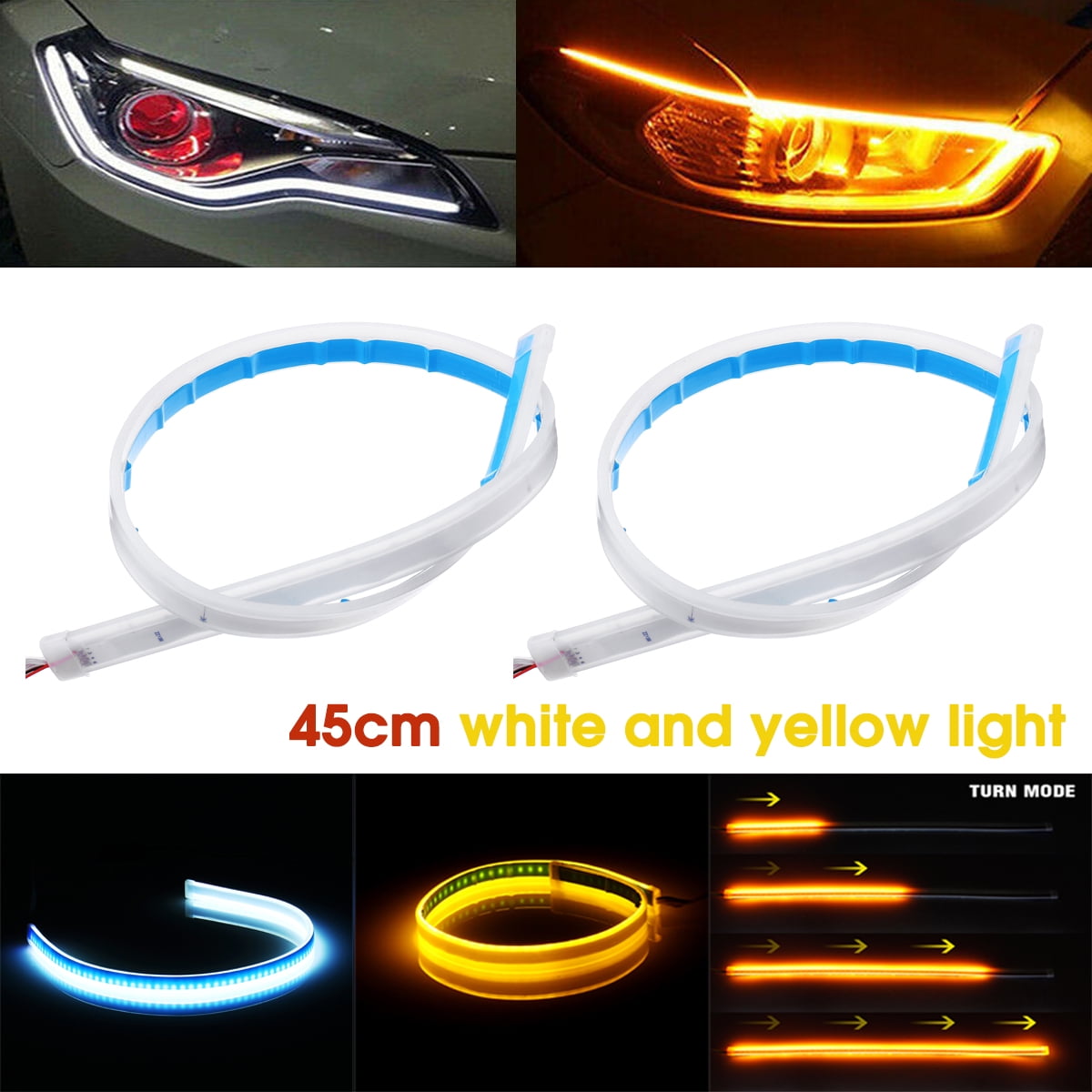Fascination About Hikari Led Headlight
Table of ContentsGetting The Hikari Led Headlight To WorkThe Best Strategy To Use For Hikari Led Headlight9 Easy Facts About Hikari Led Headlight Shown
A headlamp system is required to produce a low and a high beam, which may be produced by several sets of single-beam lamps or by a pair of dual-beam lamps, or a mix of single-beam and dual-beam lamps. High beams cast many of their light straight ahead, maximizing seeing range but producing excessive glare for safe use when other vehicles are present on the roadway.Low beams have stricter control of upward light, and direct many of their light downward and either rightward (in right-traffic nations) or leftward (in left-traffic countries), to offer forward visibility without extreme glare or backdazzle. Low beam (dipped beam, passing beam, conference beam) headlamps supply a distribution of light created to offer forward and lateral illumination, with limits on light directed towards the eyes of other road users to manage glare.


Most low-beam headlamps are particularly designed for use on only one side of the roadway. Headlamps for use in left-traffic nations have low-beam headlamps that "dip to the left"; the light is distributed with a downward/leftward predisposition to reveal the chauffeur the road and indications ahead without blinding oncoming traffic.

The Ultimate Guide To Hikari Led Headlight
Numerous tungsten (pre-halogen) European-code headlamps made in France by Cibi, Marchal, and Ducellier might be adjusted to produce either a left- or a right-traffic low beam by means of a two-position bulb holder. Since wrong-side-of-road headlamps blind oncoming drivers and do not adequately light the chauffeur's method, and blackout strips and adhesive prismatic lenses reduce the safety performance of the headlamps, some countries require why not try these out all lorries signed up or utilized on an irreversible or semi-permanent basis within the country to be equipped with headlamps developed for the proper traffic-handedness.
Vehicle headlamps have actually been discovered unable to illuminate an assured clear range ahead at speeds above 60 km/h (40 mph). It might be risky and, in a helpful hints few locations, prohibited to drive above this speed in the evening. Some nations need vehicles to be geared up with daytime running lights (DRL) to increase the conspicuity of automobiles in movement throughout the daytime.
In Canada the DRL function needed on cars made or imported given that 1990 can be supplied by the headlamps, the fog lamps, steady-lit operation of the front turn signals, or by unique daytime running lamps. Functionally committed daytime running lamps not including the headlamps are needed on all brand-new vehicles initially offered in the European Union because February 2011.
Japan previously had bespoke lighting guidelines comparable to the United States requirements, however for the left side of the roadway. Nevertheless, Japan now complies with the ECE standard. The distinctions between the SAE and ECE headlamp requirements are primarily in the quantity of glare permitted towards other drivers on low beam (SAE permits a lot more glare), the minimum amount of light needed to be tossed directly down the roadway (SAE needs more), and the specific areas within the beam at which minimum and optimum light levels are defined.
Listed below the line is brilliant, and above is dark. On the side of the beam dealing with away from approaching traffic (right in right-traffic countries, left in left-traffic nations), this cutoff sweeps or steps up to direct light to roadway indications and pedestrians. SAE low beams might or might not have a cutoff, and if a cutoff exists, it may be of two various general types: VOL, which is conceptually comparable to the ECE beam in that the cutoff lies at the top of the left side of the beam and aimed slightly below horizontal, or VOR, which has the cutoff at the top of the best side of the beam and focused on the horizon.
Comparative studies have actually consistently shown that there is little or no total visit this website security advantage to either SAE or ECE beams; the 2 systems' acceptance and rejection by different nations is based mostly on which system is currently in usage. In North America, the design, performance and installation of all automobile lighting devices are controlled by Federal and Canada Automobile Safety Requirement 108, which incorporates SAE technical standards.
Hikari Led Headlight Things To Know Before You Buy
United States laws needed sealed beam headlamps on all cars between 1940 and 1983, and other nations such as Japan, UK and Australia likewise made extensive usage of sealed beams. [] In many other nations, and in the US given that 1984, replaceable-bulb headlamps predominate. Headlamps must be kept in appropriate objective.
In the United States, SAE basic headlamps are aimed without regard to headlamp mounting height. This provides lorries with high-mounted headlamps a seeing distance advantage, at the expense of increased glare to motorists in lower automobiles - hikari led headlight. By contrast, ECE headlamp aim angle is connected to headlamp installing height, to provide all automobiles roughly equivalent seeing range and all chauffeurs approximately equivalent glare.